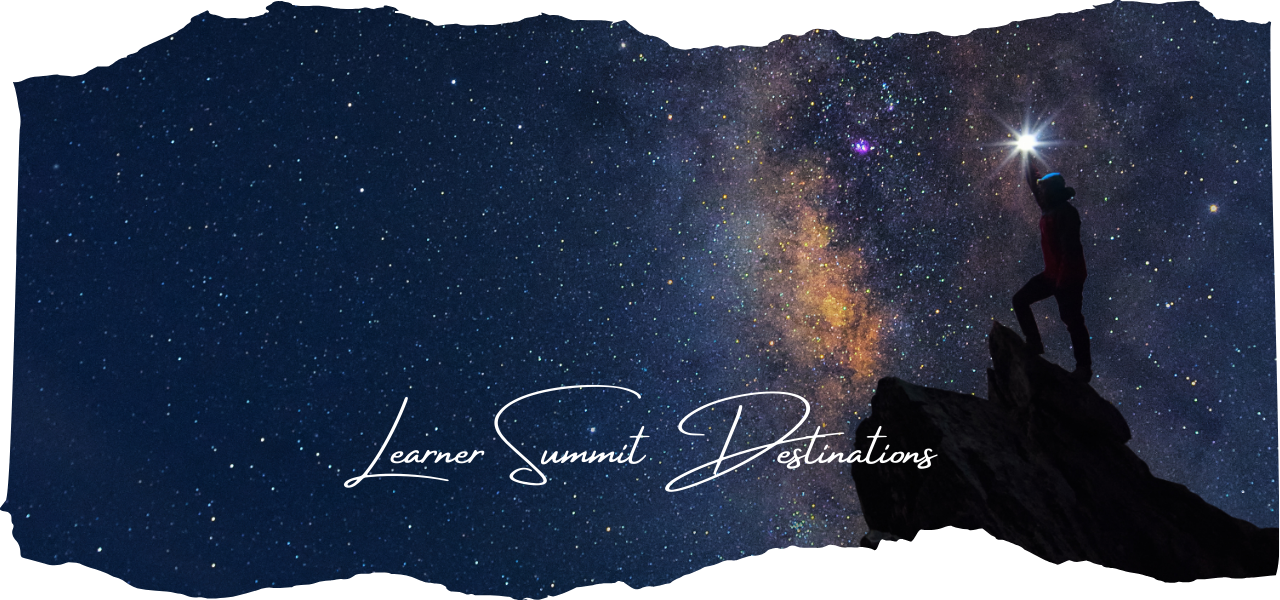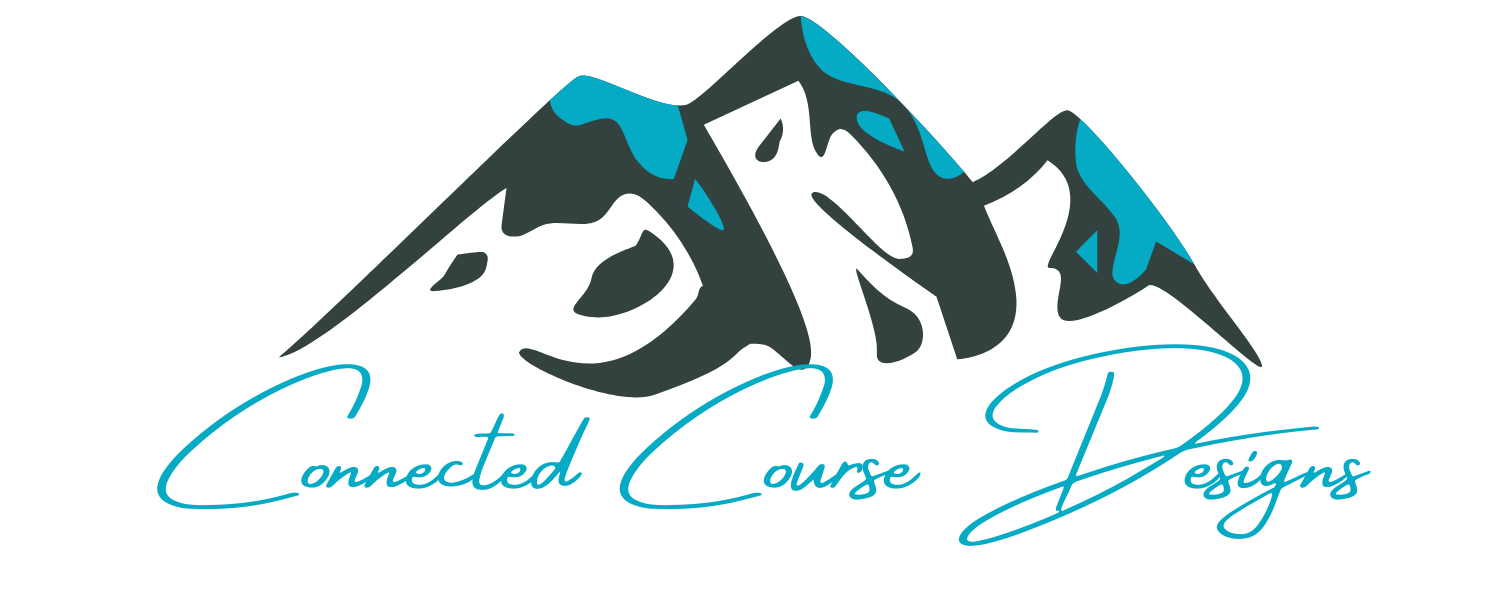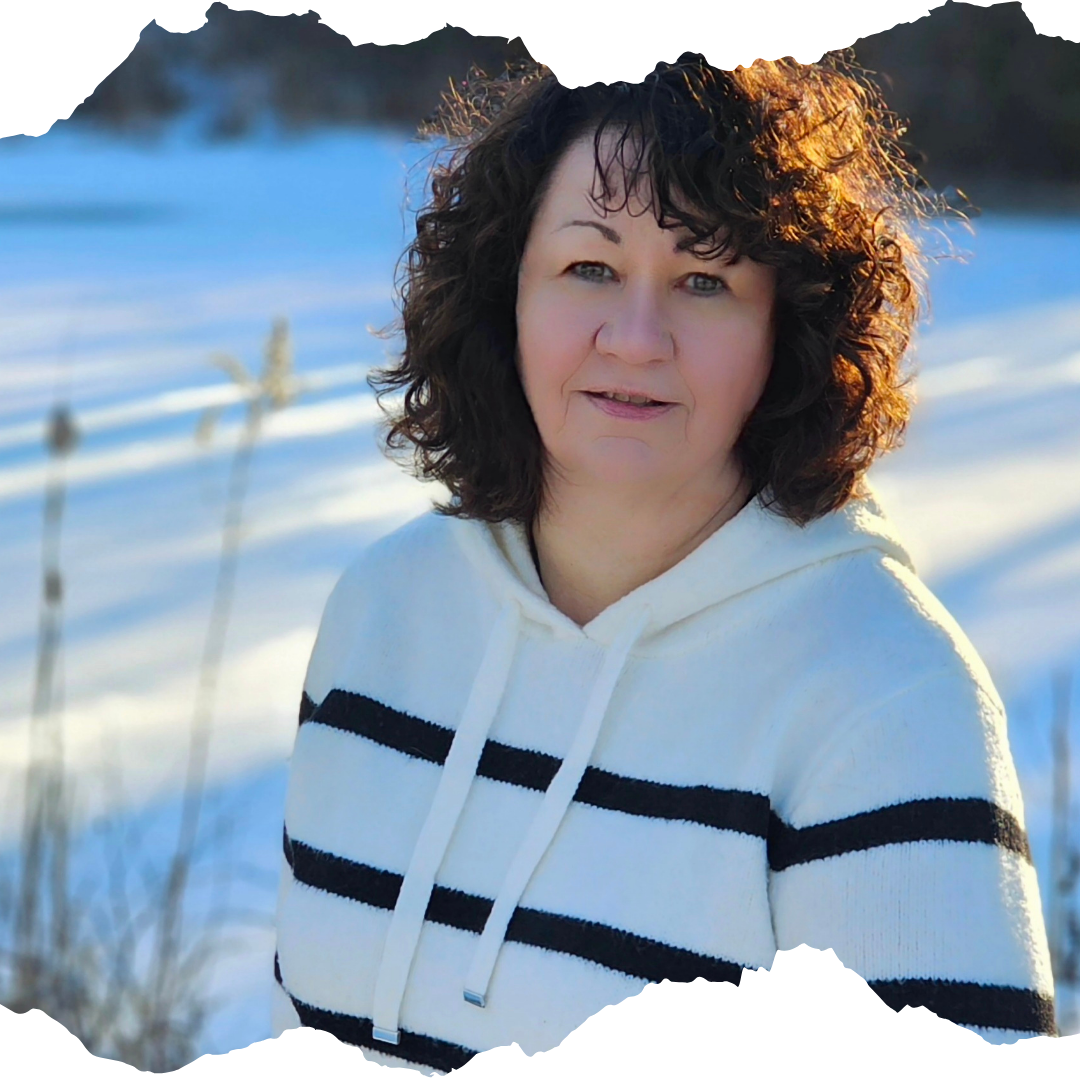
Has your family ever arrived at a state park and had no idea what trail to take to see the best sites or maybe even what the best sites were at the park? Maybe you decide to just start on the trail closest to where you parked and end up hiking 4 miles in the heat through trees that all look the same.
You get home, still a little sweaty, and a friend is excited to hear all about your trip, asking you how thrilled the children were to see the tallest waterfall in your state and if you took the opportunity to cool off under it. What?! You didn’t even know there was a waterfall!
Or, maybe hiking isn’t your thing: Have you ever been out of town and entered an unfamiliar grocery store? You are in a hurry and in desperate need of some Ben and Jerry’s ice cream, so you head to what seems to be the freezer section all the way across the store only to end up in the aisle for frozen vegetables?
This is what happens when you don’t have a clearly identified destination.
First and foremost, for quality course design, you have to identify a destination. Before we discuss that further, let’s talk a little bit about the Summit-First Framework.
Now that the free course framework is available for homeschoolers, I am doing a 5-part series, covering each of the five steps in a separate blog.
The framework teaches you how to create individualized courses and unit studies that engage your children using custom curated content.
The five steps for creating custom homeschool courses are:
- Learner Summit Destination
- Trail Markers
- Backpack Checklist
- Trail Map
- Adventure Journal
As you can see, we’re going with a hiking analogy, so strap on your backpack and grab some trekking poles!
So, let’s get back to the need for a set destination—what I call the Learner Summit Destination. This is the most critical part of designing an effective online course. You must know where you are headed before you try to lead any learners along the path. Identify the vista you want learners to reach.
You wouldn’t set out on a hike without having an end point in mind, and you shouldn’t set out to write a course without a solid understanding of where the end-goal lies.
Thus, the first thing to do is decide what it is you want your learners to be able to do at the end of the course or unit study. Not what they will know or understand. What will they do? How will they demonstrate that?
Answering these two questions is the key to everything else.
- What will learners be able to do at the end of the course?
- How will they demonstrate they can do that thing you’ve identified?
Knowing the facts and dates of inventions isn’t the same as creating a simple machine to tackle a common household need.
Knowing the process for trimming a cat’s nails isn’t the same as demonstrating your knowledge by clipping them.
Knowing the steps for basic first aid wound care isn’t the same as actually demonstrating applying a bandage.
At the end of your course, your learners should take some actual action; they should be able to effectively demonstrate what you’ve just taught them. How will they do that?
Be clear and precise about that demonstration. Write it down. Test it out. Refine it.
I encourage you to stop right now and think of a subject your child(ren) would like to study.
Why are they interested in it? What things do they want to be able to do? Differentiate between different kinds of dinosaurs? Grow their own watermelons? Feel what it was like to be a pioneer?
Similarly, think of the subjects you want to or need to cover for the upcoming year. My guess is your goal isn’t that they become good at getting the right answer on multiple-choice tests, but that you have more significant life aspirations for them.
Ask questions like:
Why do you want your children to know about the fall of the Roman Empire?
What application of knowledge can you aim for by learning about the major body systems?
Why is it important for your children to learn to work with fractions? Building homestead projects? Cooking? Art? Drafting? Photography? The list is almost endless for the ways the factual learning can be applied. Starting with that goal in mind will give you richer course studies that engage your children.
The key question always is: What will learners be able to do at the end of the course? Think about how that can be demonstrated in real actions. Form that into a single summit destination statement.
Now that you know where you want your learners to end up at the end of the course, you will need to give them some Trail Markers along the way to make sure they stay on trail. That’s the topic for next week’s blog.
Do you want a fillable worksheet and guide?
In the free Homeschool Summit-First Framework Course, I provide you with fillable forms as you learn to use all 5 steps. If you haven’t registered yet, you can do by filling out the form below.
Do you want personal guidance?
Sign up for personal coaching by the hour or package where you get one-on-one guidance for your course creation needs.
Would you like more guidance on creating Learner Summit Destinations?
I will soon be offering a course dedicated to teaching you how to craft the best Homeschool Learner Summit Destinations in detail with examples and templates.
Sign up for my mailing list below to know when the Homeschool Writing a Learner Summit Destination Course releases.

